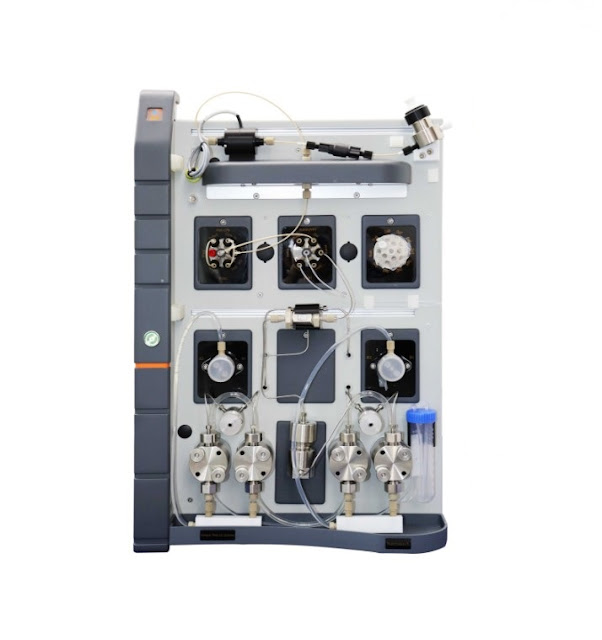Understanding and Exploring the Mysteries of Molecule Separation Techniques
Chromatography is extensively used in both research and industry for separating mixtures into their individual components. This technique relies on the partitioning of components between two phases: the stationary phase and the mobile phase. The stationary phase is typically a solid or a liquid supported on a solid, while the mobile phase is a fluid that moves through or across the stationary phase. Different components in the mixture have varying affinities for these phases, which causes them to travel at different speeds and separate from each other. This fundamental principle makes chromatography highly versatile and applicable in various fields, ranging from pharmaceuticals to environmental testing.

Advancements in Liquid Chromatography:
Liquid chromatography applies chromatography principles with liquid mobile phases. This form of chromatography is particularly useful for compounds that are not volatile or thermally unstable. Advances in this method have revolutionized analytical chemistry, especially in the separation and identification of complex organic compounds. High-performance liquid chromatography (HPLC), a subtype of liquid chromatography, utilizes high-pressure pumps to enhance separation efficiency and resolution. This has enabled scientists and researchers to achieve more precise and accurate results in less time compared to traditional methods.
Versatility and Applications of Chromatography:
The versatility of chromatography is evident in its wide range of applications. Chromatography plays a crucial role in forensic science, food safety, medical purification of biomolecules, and disease diagnosis. It is also used for environmental applications such as detecting pollutants in water and air. The adaptability of chromatography to handle various sample types and its sensitivity make it an indispensable tool in scientific research. This versatility extends to liquid chromatography, which offers enhanced capabilities for analyzing soluble substances, further expanding the scope of chromatographic applications.
Technological Integration in Liquid Chromatography:
In recent years, liquid chromatography has witnessed significant technological advancements. Integration of digital technology and automation has improved the precision and efficiency of this technique. Modern liquid chromatography systems are equipped with sophisticated detectors and software, enabling more accurate data analysis and interpretation. This technological integration has streamlined the process and broadened the potential for research and industrial applications. As a result, liquid chromatography has become more accessible and user-friendly, allowing more laboratories and institutions to harness the power of this analytical technique.

Conclusion:
The future of separation sciences, particularly in chromatography and liquid chromatography, is poised for further growth and innovation. Ongoing developments in advanced materials for stationary phases and more efficient systems promise to enhance the capabilities of these techniques. As we continue to push the boundaries of scientific understanding, tools like chromatography will remain vital in unraveling the complexities of chemical mixtures. For those interested in staying updated on these developments, inscinstech.com.cn offers a wealth of information and resources, positioning itself as a knowledge and innovation hub in the field of separation sciences.
.jpg)

Comments
Post a Comment